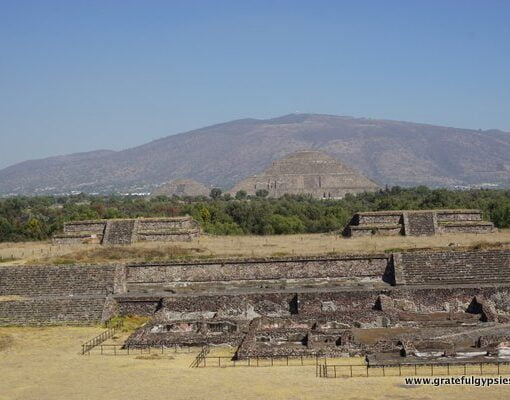Spring is here and with it comes the inevitable wedding season! Weddings or bodas are a momentous occasion to celebrate the union of a pareja or couple by eating, drinking and dancing. In Mexico, weddings are very important. Families spend plenty of time and dinero planning a wedding. Here are some of the tradiciones in Mexican weddings.
Los padres de la novia
Very traditional families split the costs of the new couple. The family of the novio or groom focuses on where the family will live, while the family of the novia or bride is responsible for the expense of the wedding. This is, of course, a very traditional perspective that isn’t always accurate. Nowadays, a couple might decide to pay for the event themselves or share expenses with parents from both sides.
Los padrinos
Los padrinos or the godparents are very important for a wedding. The padrinos are sometimes more like “sponsors” of a wedding than actual godparents. For the church ceremony, you can have padrinos de lazo, padrinos de biblia, padrinos de cojines, padrinos de flores, etc. For the lazo, for example, couples usually choose another couple who will guide them through the tough times. These two padrinos are in charge of keeping the couple unified and together.
For the party, you can have padrinos for everything! Cake, drinks, music, etc. This is, of course, a way to help distribute the costs of the wedding and to give a special honor to those relatives and friends who are helping the young couple out.
La iglesia
It is fair to say that Mexico is a fairly religious country, especially for special events like weddings. There are many churches around Mexico that are highly sought out for weddings. The wedding where my husband and I got married, for example, releases wedding dates every 6 months. Couples quickly reserve their dates in anticipation with a late evening mass as the preference.
Within the religious ceremony, there are several traditions that I haven’t seen in other Catholic weddings in Europe. For one, the couple is united with a lazo made from anything from a pretty rope to a silver rosary. This signifies that from that moment on, they are united as one.
Another tradition is giving a bouquet of flowers to the Virgen de Guadalupe. At this moment, the couple prays together for the blessing of the virgin.
Tornaboda
In Mexico, we love to party! Like I mentioned before, the most sought-after time for a wedding mass is in the evening which leaves the whole night to party. Traditionally, the bride and groom receive the guests the next day at their house and serve them breakfast. Most guests would leave the party and head straight for breakfast. Nowadays, it is more common to have the tornaboda early in the morning while guests are still dancing. This lets everyone get a good meal and rest their feet. Some of the typical things to serve during the tornaboda are chilaquiles, menudo (in the north of Mexico), tacos and pozole.
Mariachi
No Mexican wedding would be complete without a group of mariachi bursting in sometime after midnight to serenade the couple and the guests. I found an article from a Mexican wedding website that talks not only about the tradition of the Mariachi but gives a very nice list of songs the mariachi can play during the wedding.
The following video has some other traditions for Mexican weddings. Which one of these traditions is your favorite?
Want more language learning advice, including how we can help you meet your language goals? Sign up for one of our newsletters!
About the Author:Karoly G Molina
Since I was a little girl, I was fascinated with languages and writing. I speak English, Spanish, Italian, Dutch and a little bit of French. I am a writer, reader, language teacher, traveler, and a food lover!
I now live in The Netherlands with my husband Riccardo, our cat Mona, and our dog Lisa, and the experience has been phenomenal. The Dutch culture is an exciting sometimes topsy-turvy world that I am happily exploring!
Posteado en Spanish Articles (Facebook)





